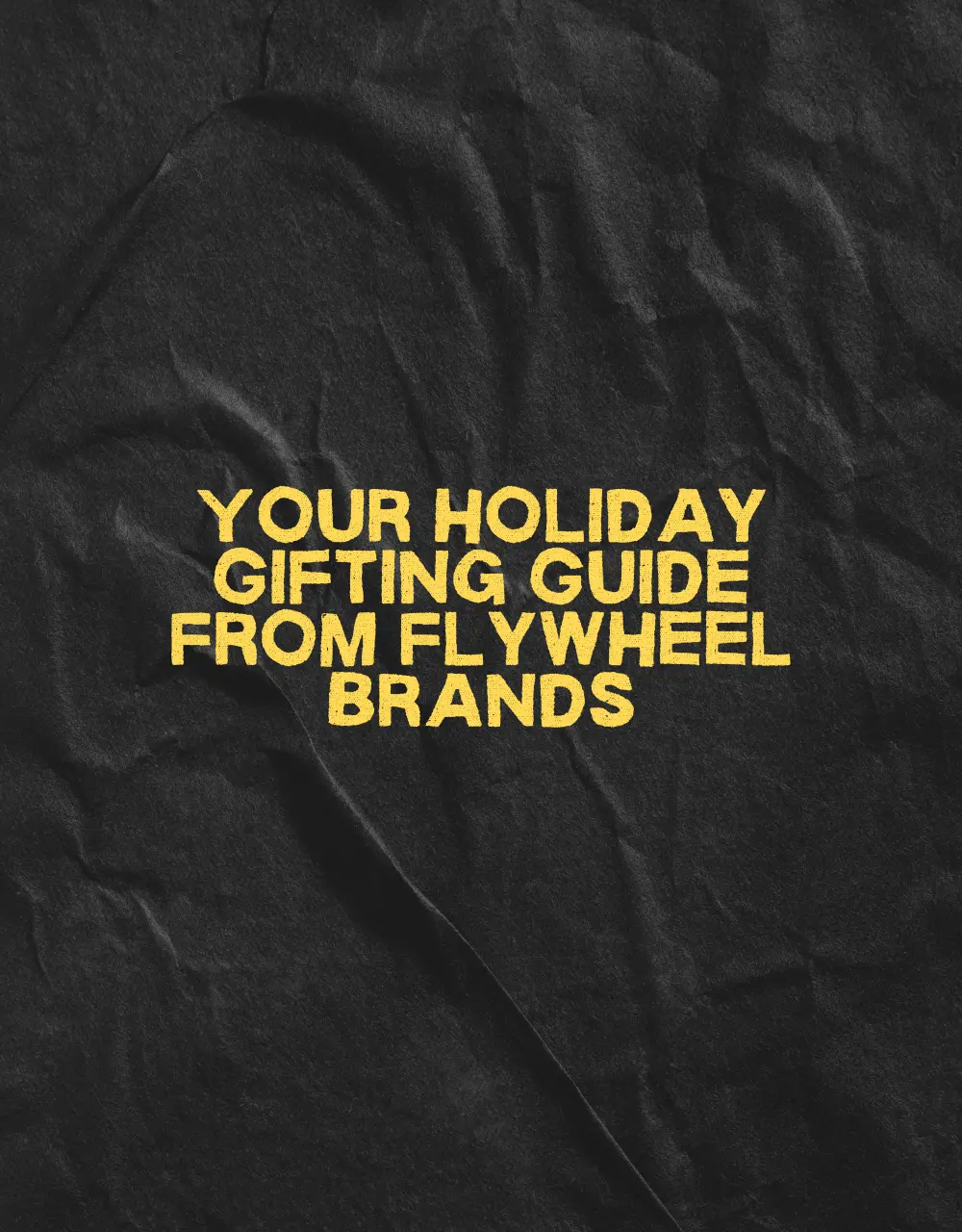Your Smart Trade Show Guide - Part One: Planning
We created this guide to encapsulate all the vital trade show to-do's, including budget preparation, defining your objectives, and hitting all the right marketing channels.

We created this guide to encapsulate all the vital trade show to-do's, including budget preparation, defining your objectives, and hitting all the right marketing channels. For part one, we are focusing on planning ahead for your upcoming trade shows.
Set your Budget: The key to measuring your return on investment (ROI) is to establish a budget in advance. Whether it is strictly the same as last year or you’ve been granted a considerable bump, a spending limit will help keep your team in check and make it easier to report your success to management.
We recommend that you don’t pick a number out of the air. Consider all aspects of the trade show and what would yield a strong ROI. Think: what am I willing to pay for each lead that I get? Some elements to include are:
Registration Costs: These can vary and play a key role in which event you attend. Research at least 6-9 months in advance, especially to gain approval, if required. Plus, advanced planning is often rewarded with early-bird registration discounts.
Trade Show Sponsorship Fees: Another reason to plan well in advance, sometimes as much as one year, is to secure a worthwhile sponsorship opportunity. Ask about all the options that exist or even propose a new idea. Being a trade show sponsor may include opportunities to have your own branded stage or give an expert presentation to a large audience of potential customers.
Travel Expenses: Even though you may want to keep these expenses separate, travel costs absolutely impact your ROI, especially if you’re flying a team of people across the country. Be generous with your estimations so that the unpredictable cost of plane tickets or hotel rooms doesn’t come as a shock, and remember that booking early often helps you score the best deals. Take time to review your company’s travel expense guidelines with your team so they understand how to calculate mileage and their meal cost limitations.
Booth/Display Costs: The biggest pro and con about trade show displays is that there are so many options. Having the sky as the limit can be a blessing and a curse. What we do at Flywheel is analyze your goals, needs and space to choose the most effective display for your trade show or expo. We can save you additional time by doing the research for you and by providing some viable options that you can choose from. Including an element as basic as a backdrop can do wonders for the attractiveness of your display, and with the variety of options, you get to choose how simple or extravagant you want to go.
Booth/Display Shipping Expenses (if applicable): If you have never shipped your trade show display and materials before, it might be a surprise to find out how pricey it can be. Weight and distance are your major factors that should always be thought-out before you purchase your display items. Although an $800 display may fit your budget, the hundreds of dollars to ship it to a trade show may not.
Banners/Signage Expenses: Depending on the trade show that you’re attending, you may want to consider banners and other signage for your booth. Although simple, the artwork on vertical banners can really pop and give off the vibe that you want your audience to feel.
Giveaways/Promotional Products: Don’t make the mistake of viewing promotional products as a necessary evil. There is a lot of research that indicates the highly effective nature of giveaways, so don’t be quick to trim this in your budget. We can help you narrow the scope based on your audience and budget in order to take the daunting task of hunting down the best deal off your shoulders. You can also start window shopping now to get some ideas.
Print Materials: Even in an age when technology seems to dominate, print materials are still essential for communicating all you do. The other plus is that they are really cost effective and fit into any budget. You can always tell us what you have in mind and we’ll take care of the rest. Just complete our short Inquiry Form.
Technology: We all have the ability to work smarter, not harder, thanks to the affordable technology available today. If you don’t have a monitor for your new company video or a means of capturing leads, then decide what you’re looking to spend and do a little research on what tools you will need, such as a tablet, lead generation software, laptops, monitors or portable A/V equipment. Look into streaming options, like Google Chromecast, to limit the number of cords (and outlets) you’ll need.
Outline your Goals and Objectives: Everyone’s mission is different, so copying a list of goals or objectives from this guide is not going to help you. However, there are some suggestions that we can make. First, goals and objectives are totally different. Goals are outcomes that you want to achieve, such as “expand pool of new business opportunities”. An objective you may set for that goal is to “increase the number of leads by 15% over last year”. Decide what’s important to your company and what is realistic for the trade show you are attending. Here are those suggestions we promised:

- Number of leads obtained
- Number of booth attendees (great for demonstrations)
- Giveaways distributed
- Lead conversions (sign-ups, sales, etc.)
- Landing page or website traffic
- Social media interactions/shares
- Increase in social media followers
- Impressions with the media, through the expo sponsorship or with visual aids
- Lead cost under a certain dollar amount
Organize and Train Your Team: If you’re not the person attending, assign the task to outgoing, personable and reliable people to represent your brand. Rehearse your elevator speech and the objective of the conversation with them. For example, are you trying to get visitors to sign up for a newsletter, commit to a trial or make a purchase? The window of opportunity to capture the attention of the attendees happens in a matter of seconds. Be sure your team has best practices on how to connect with them. Then, brief them on attire. In some cases, a t-shirt and skinny jeans might be appropriate if it fits your brand, but it’s best to not show up under-dressed if the tone of the trade show is more suit-and-tie. Review proper etiquette for speaking to prospects and about competitors, and take a second to clear up any behavioral expectations when it comes to dining and after-hours events. Get the whole rundown with our video “How to Engage Trade Show Visitors”.
Design and Order Trade Show Booth Display and Signage: The best way to narrow your options is to decide on the purpose of your booth. Are you displaying products? Are you communicating an online service? Will you be giving a demonstration? Clear up this piece, and then check out our blog articles for some tips: “Finding the Right Trade Show Booth or Display for You” and “The Anatomy of a Trade Show Booth“. No time to read? View our two-part video on creating an “Effective Trade Show Booth“.

Select and Order Print Materials and Giveaways: If you have the resources, think about designing new print products with creative, audience-targeted text. Brochures, rack cards, postcards, stickers, bumper stickers, decals, folders, bookmarks, calendars, flyers, table tents, posters and menus are all useful takeaways for people who can’t stick around to chat.
The main thing to remember when selecting your giveaways is not just anything will work. Like anything else, get to know your audience. If you know who your prospects are, then we can help you pick the right item for them…and your budget. It’s not rocket science, but it does require some forethought.
Also, keep in mind that some promotional products take time to be imprinted, particularly if you’re dealing with apparel or items that are overseas. It’s a good rule of thumb to order your promotional products and custom apparel early enough so you have them in-hand at least two weeks prior to your departure.
If you’re not sure what kind of promotional products you should be researching, check out our two-part video, “Market Smart with Trade Show Giveaways”.
Set Up Method of Capturing Attendee Contact Information: The traditional method of collecting business cards is still very relevant today, and with smartphone technology, you can now scan them into an electronic database. Some trade shows will have barcodes or QR codes on attendee name badges, which will allow you to potentially capture more information than with a business card. Whether you go with a business card fish bowl or a lead generation form, be consistent with your method and offer clear directions on how to manage the data. After all, capturing leads is why you’re going! We have a quick video that may be helpful to you and your team, called “Capturing Visitor Information at a Trade Show”. Check it out!
Our insights

Why Branded Employee Headwear Matters for Modern Teams

Why Flywheel Is More Than a Promotional Products Supplier

Your Holiday Gifting Guide From Flywheel Brands

Find your ultimate branding solution.
Got some ideas but not sure how to execute?

















